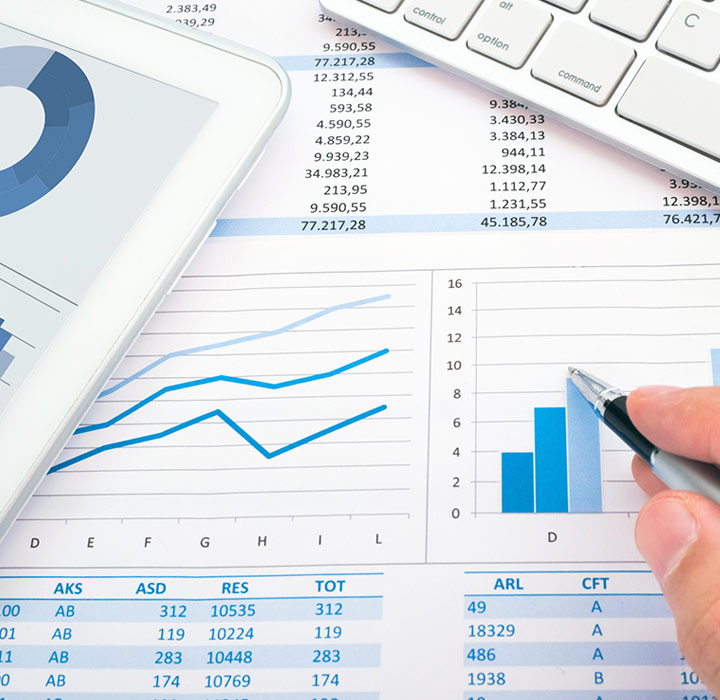Your SMSF information hub
Understanding self managed super
Ask a qualified SMSF super specialist about your super set up
When can I access my super?
A common question asked by clients is “When can I start accessing my Super?”.
Aside from some limited circumstances, you can start to access your Super once you have reached your...
Catch up Contributions – A New Opportunity to Boost Your Super!
The maximum amount of concessional super contributions an individual can make each year is $25,000 per annum.
Concessional contributions include employer compulsory contributions, salary sacrifice contributions and personal contributions...
Death and Taxes - we can help you reduce one certainty!
Your member balance in your Super Fund is made up of a tax-free component and a taxable component.
The tax-free component is broadly comprised of non-concessional (i.e. after-tax)
Spouse Super Balances: Mind The Gap!
Couples in an SMSF often have uneven account balances. There are a variety of reasons why this may be the case, including:
- The age...
Downsizer contributions - a super opportunity!
Are you over 65, or do you know someone over 65 that would welcome the opportunity to top up their super?
If you are 65 or older, and selling your...
How does the work test for over 67s work?
This is a very common question, so we've published this answer in order to help further understand this rule
A member over age 67 must meet a work test prior...
Should your SMSF have a corporate trustee or individual trustee?
We are often asked whether it is better for a SMSF to have individual trustees or a corporate trustee. The major disadvantage of a corporate trustee is the up-front cost...
How much can I put into my super
Understanding contribution caps
You annual super contribution limit is your ‘super cap’. How much you can put into your super fund (or your partner’s super fund) depends on your age...
How to choose a SMSF provider
When it’s time to look for new super help
Your super is one the of the biggest investments of your life. You need peace of mind that your money is...
Should I set up a SMSF?
Find out if you’re ready to take control
Australians are setting up SMSFs in record numbers to take control of their super and make the most...
11 benefits of a SMSF
Why your own fund might change your view in retirement
If a SMSF structure works for your age and financial goals, it could make the difference to create the life...
How to set up a SMSF
8 steps to your own super fund
Once you decide to set up a SMSF, you need documentation across bank accounts, tax and employers. Here’s...
Your SMSF questions answered
A simple guide to super you’ll love
How many members can a SMSF have?
From one to four. (Please note that it is proposed but not yet legislated to increase...
What is a SMSF?
Quick guide to self managed super funds
Self managed super funds (SMSFs) are the fastest growing sector of superannuation.
SMSFs can reduce super administration costs and different













